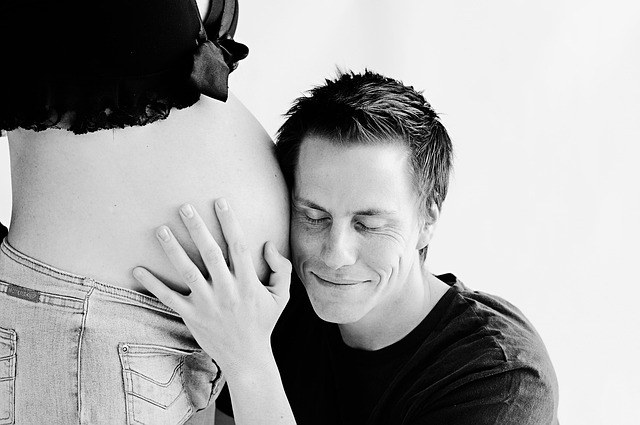If you’re looking to understand your menstrual cycle better, tracking your basal body temperature (BBT) can be a game changer. This method involves noting your body temperature after a solid night’s sleep—ideally, at least five hours. By keeping tabs on your BBT, you can gain insights into whether you’re ovulating or even if you might be pregnant, as your temperature fluctuates throughout your cycle.
I used to think that charting BBT was a bit of a hassle because you only know you’ve ovulated in hindsight, which can be disheartening. However, many folks, like my friend Sarah, find empowerment in tracking their data. It can also help identify early signs of pregnancy—something that many are eager for! If you’re a data enthusiast and love gathering every possible piece of information, BBT charting could be right up your alley.
If you decide to consult a fertility specialist or explore traditional methods, they’ll likely want to see your BBT charts. Typically, a three-month record can help establish a baseline to check for hormonal imbalances or fertility issues. For instance, it might reveal a short luteal phase or thyroid concerns.
There are fantastic tools available for tracking your BBT and other fertility signs, like cervical position and fluid changes. Using an app like Fertility Friend can streamline your tracking process. Plus, it connects you with a community of others who are on the same journey. If you’re interested in boosting fertility, you might want to check out some supplements that could help, like those from Make A Mom.
For more insights on fertility and home insemination, this post offers a touching story that many can relate to. Additionally, if you’re keen on family planning options, this resource is an excellent guide.
To sum it up, tracking your BBT can provide valuable insights into your cycle and fertility, helping you make informed decisions on your journey toward conception. Whether you’re charting for clarity or seeking assistance, the right tools and resources can make the process smoother.

